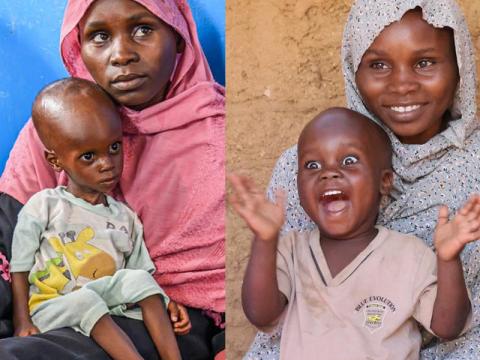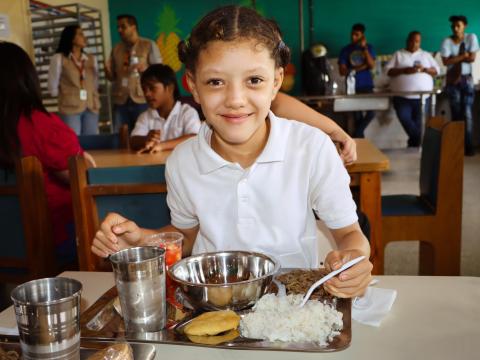
A Glass Half Full and Rising: Why School Meals Must Be a Global Priority
In today’s world, where millions of children still go to school hungry, Mary Njeri, Global School Meals Director, puts a spotlight on school meal programmes—costing less than a cup of coffee per child—that are transforming lives and boosting learning worldwide. With proven impact and high returns, Mary urges governments, donors to make school meals a global priority so no child is left behind.
What if the most effective way to fight hunger and boost learning costs less than a cup of coffee per child per day? That solution already exists: school meals. 'School meals' is a strategy that provides sustainable solutions to address hunger!
Every day, World Vision witnesses how a simple meal at school transforms lives—helping children learn, stay healthy and build brighter futures, one plate at a time. Yet millions of children, across the world, still attend school on an empty stomach. Can we truly talk about progress if millions are left behind at lunchtime?
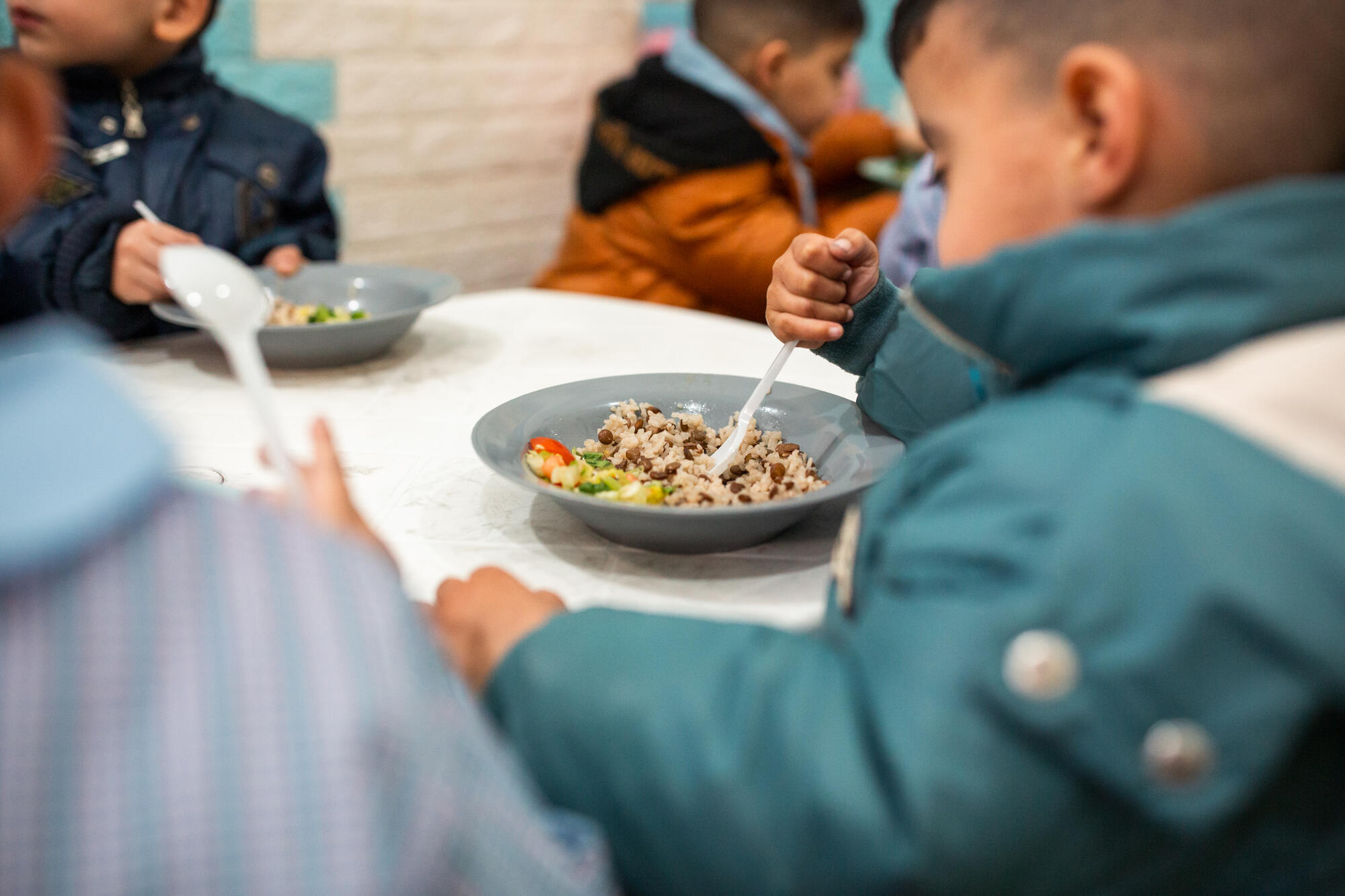
Why School Meals Matter—Now More Than Ever
The latest State of School Feeding Worldwide 2024 report shows real progress: 466 million children now receive school meals globally. But the glass is only half-full; more work needs to be done to fill the glass to the brim.
Three global realities make school meals indispensable:
- The Hunger Challenge: 828 million people are undernourished, and 2.3 billion face food insecurity (moderate or severe). Among children, 23% are stunted and 6.6% wasted. Without urgent action, 600 million people will still face hunger by 2030.
- The Education Gap: 272 million children and youth remain out of school, and over half of children in low- and middle-income countries are unable to read a simple text by the age of 10. Only 58% of primary students globally achieve minimum reading proficiency.
- The Economic Case: Every $1 invested in school meals yields up to $9 in returns through improved education, health, and productivity.
Local Solutions That Work
Homegrown school meal programmes are changing the game. By linking schools to local farmers, these initiatives strengthen food systems and build resilience.
In Cambodia, where one in three children under five is stunted, World Vision’s Home-Grown School Feeding Programme reaches over 110,000 children in 316 schools—at just $0.20 per child per day. As one child put it, “Breakfast at school is critical and helps me learn better." Meals include fortified rice, vegetables and fresh fish sourced from local farmers, nourishing children and boosting incomes. Some farmers have quadrupled their earnings since joining the programme.
In drought-prone Baringo County, Kenya, where World Vision provides daily school meals to over 3,300 children, it costs just $0.15 per child. Teachers reported better attendance and focus, while parents expressed relief knowing their children eat at school.
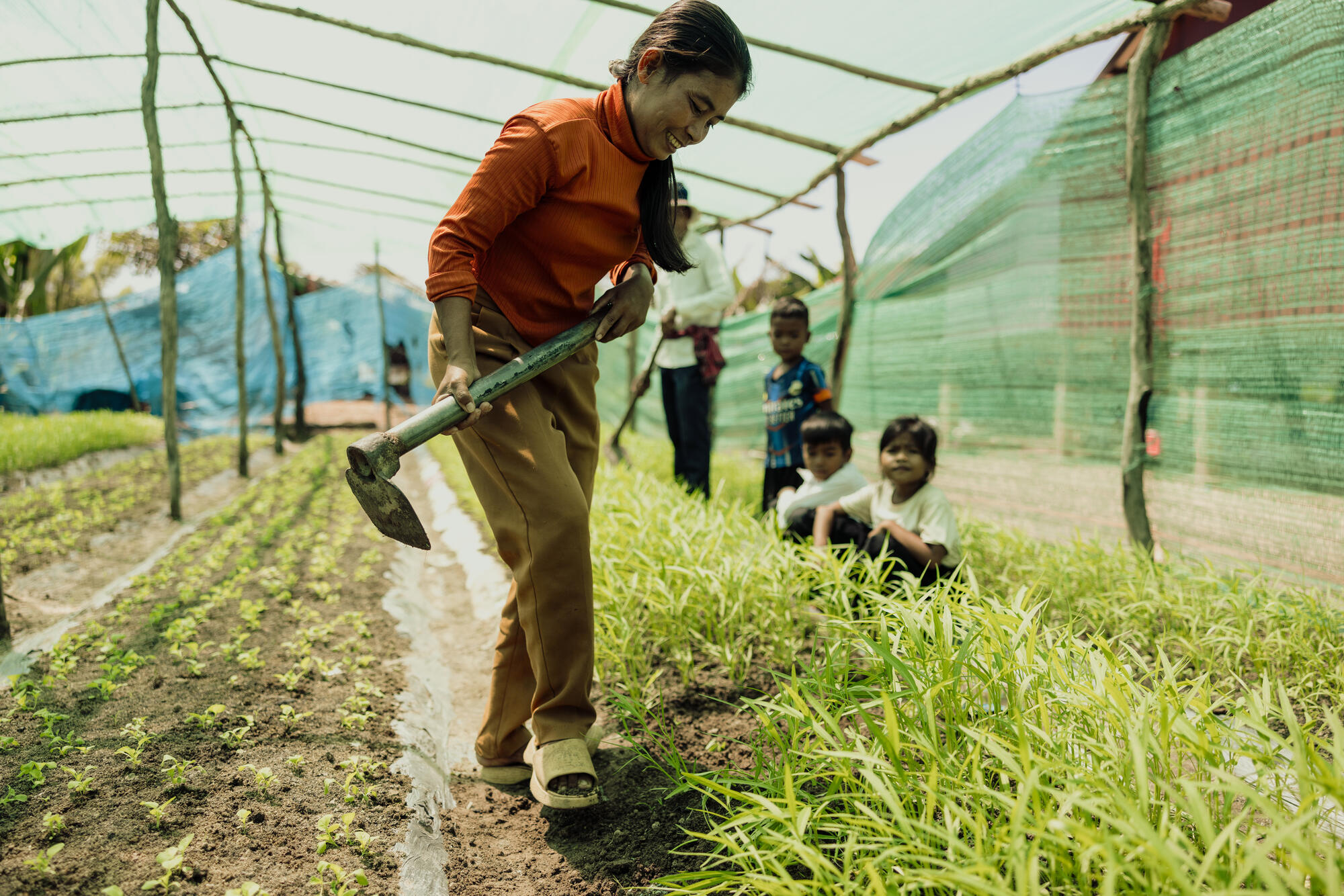
Lessons Learned
This year marked a turning point for school meals, where World Vision provided school meals to over 1 million children, moving from isolated interventions to integrated, scalable solutions.
Six lessons stand out as drivers of success:
- Integration multiplies impact: Combining school meals with clean water, health, and climate resilience delivers transformative results.
- Children as co-creators: Involving children, as partners, in research, advocacy and shaping programmes makes child-focused humanitarian action stronger.
- Coordination accelerates results: Collaboration—within organisations and with partners—amplifies advocacy and avoids duplication.
- Evidence drives influence: Robust data and child-led research unlock resources and position school meals as a priority.
- National ownership ensures sustainability: Government leadership and policy integration turned school meals into national priorities and lasting commitments.
- Non-traditional partnerships unlock potential: Engaging private sector actors like KenGen Foundation opens new funding and innovation pathways.
The lesson is clear: school meals are catalysts for education, health and resilience. To scale impact, we must embed them in national systems, invest in evidence, and embrace partnerships that transcend traditional boundaries.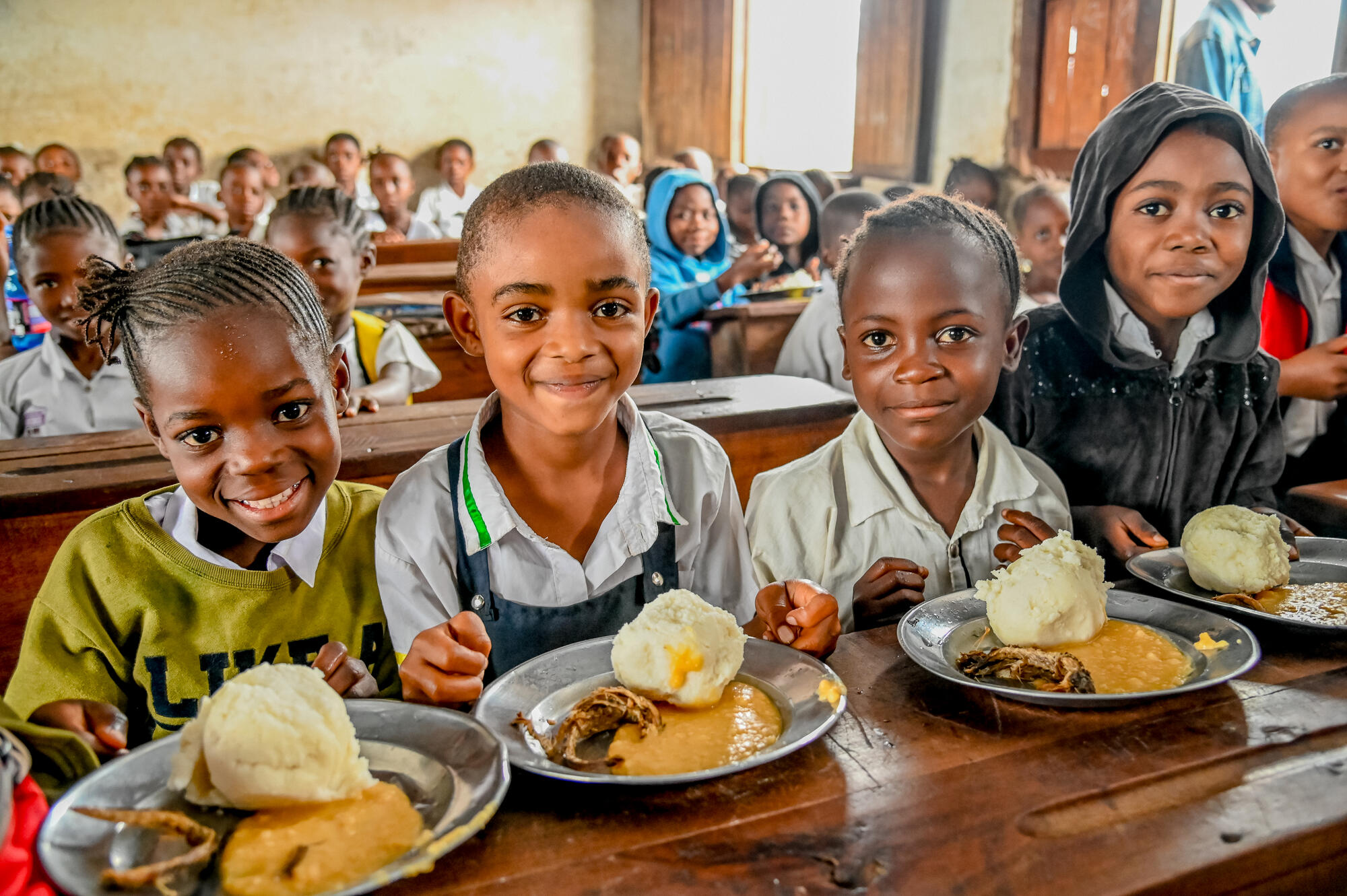
What Needs to Happen Next
As a mother and as Global School Meals Director, I know a simple meal can unlock a child’s potential—even in the toughest contexts. Apart from feeding children, school meals fuel learning, health and human development.
To make the school meal programme truly transformative and scalable, we need to focus on three things:
- Embed school meals in national policy and budgets, making them a sustained commitment, not a short-term intervention.
- Secure dedicated funding for locally sourced, climate-smart programmes that strengthen food systems and resilience.
- Share best practices and proven models across borders to accelerate impact globally.
School meals are the best investment a nation, a donor or a family can make. They build stronger minds, healthier bodies and brighter futures. The momentum is here. Let’s fill the glass—because no child should ever have to learn on an empty stomach.
Learn more about World Vision’s School Meals Programme in FY25 - https://www.wvi.org/publications/enough/school-meals-annual-report-fy25
About the author:
Mary Njeri is a seasoned humanitarian leader with over 17 years driving programmes in disaster response, food security, and education. As Global School Meals Director at World Vision, she leads strategies to expand access to nutritious meals and influence global policy. Her leadership has delivered life-changing nutrition to millions, including directing World Vision’s largest hunger response across 28 countries. Mary is a recognised advocate for systemic solutions, linking emergency relief with long-term development through home-grown school feeding models.

